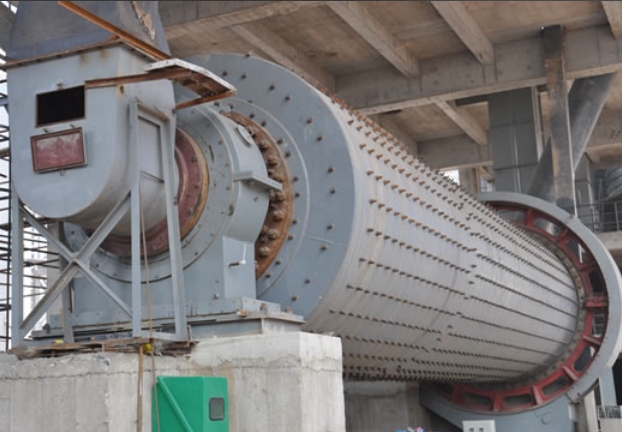Product FAQ
What is the difference between MQG and MQY ball mills?
In the field of mineral processing, the MQG grate and MQY overflow ball mills, while both types of grinding equipment, contrast sharply in their structural design and application scenarios. Regarding discharge mechanisms, the MQG ball mill features a forced discharge system consisting of sector plates and grate liners at the discharge end, mechanically discharging the ore by raising the slurry level. The MQY ball mill, on the other hand, employs an open discharge port, relying on gravity to naturally overflow the slurry. This structural difference directly results in a 20%-30% difference in processing capacity between the two.

The differences in their operating principles further differentiate their application scenarios. The MQG model, leveraging the screening effect of its grate plates, effectively prevents overgrinding and is particularly suitable for processing hard, coarse materials, often used in the primary grinding of metal ores such as gold and copper. The MQY model, lacking a forced discharge mechanism, produces a finer grinding product and is often used in the secondary grinding of non-metallic ores such as phosphate rock and feldspar, capable of grinding materials to a fineness below 200 mesh.
In terms of maintenance costs, the MQY model offers a simpler structure and easier maintenance, with a failure rate approximately 15% lower than the MQG model. However, the MQG model, equipped with wear-resistant gratings, demonstrates greater stability in long-term continuous operation. When selecting a model, comprehensive consideration should be given to material characteristics, the grinding stage, and energy consumption indicators to maximize the advantages of both types of equipment.
Categories
News
Contact Us
Contact: XKJ GROUP
Phone: 0086 138 3714 0277
Tel: 0371-65751333
E-mail: sales01@xkjgroup.com
Add: Xing yang city, Zheng zhou city, Henan province, China